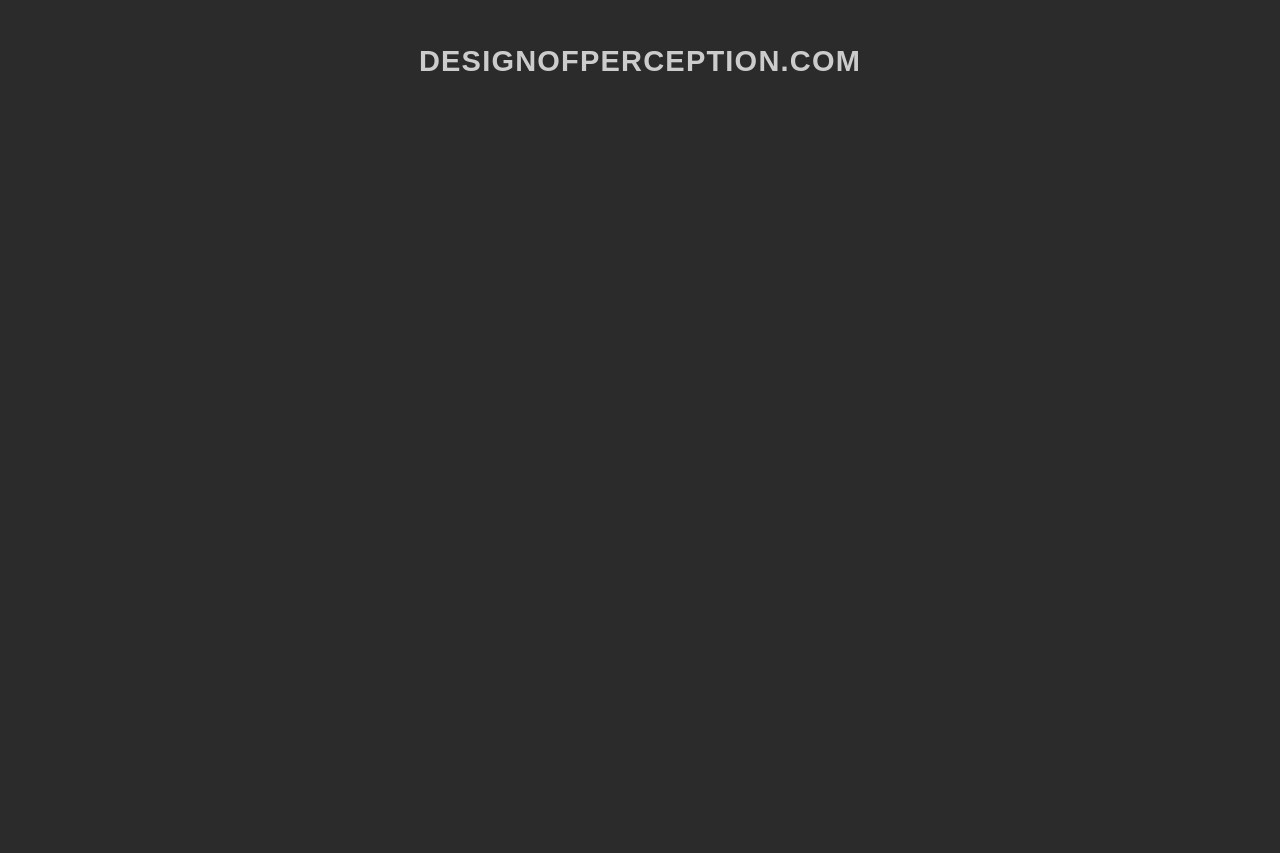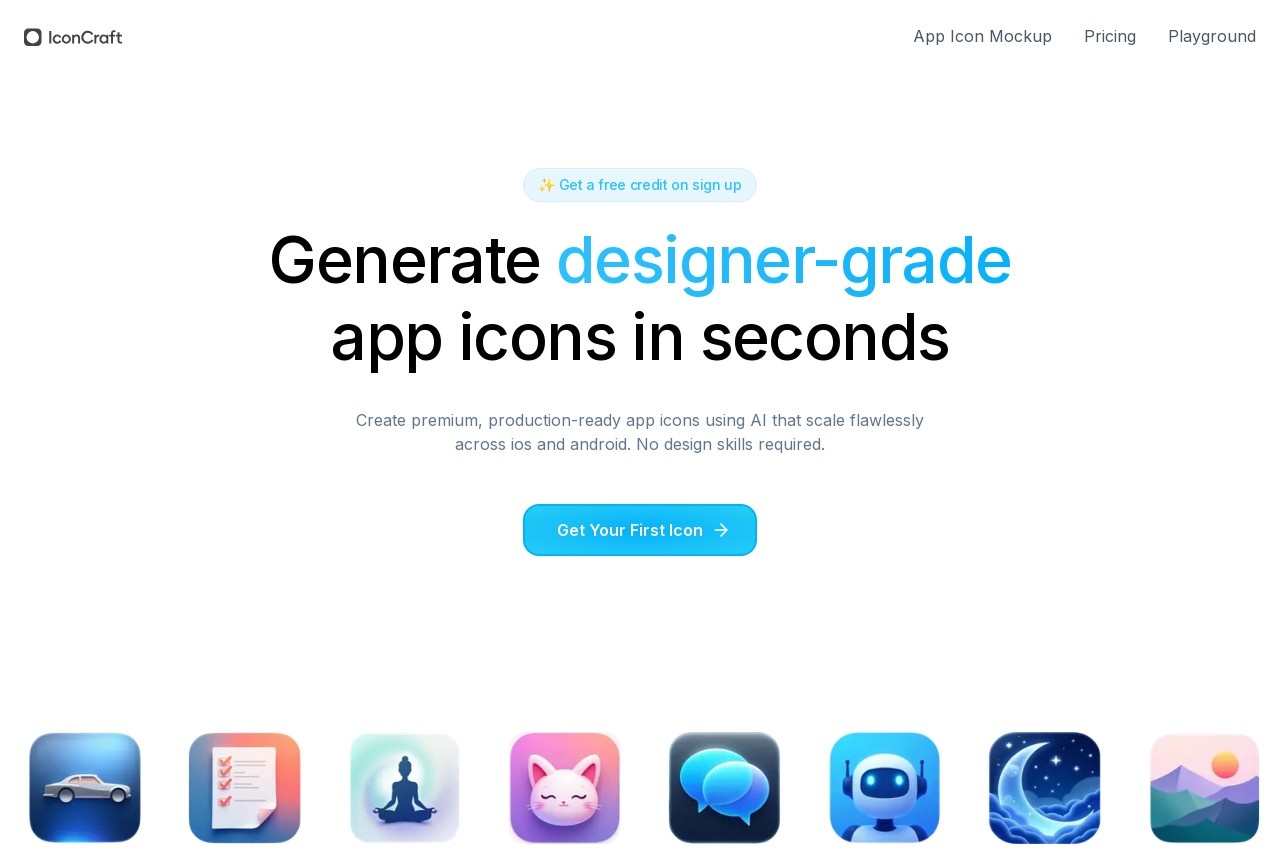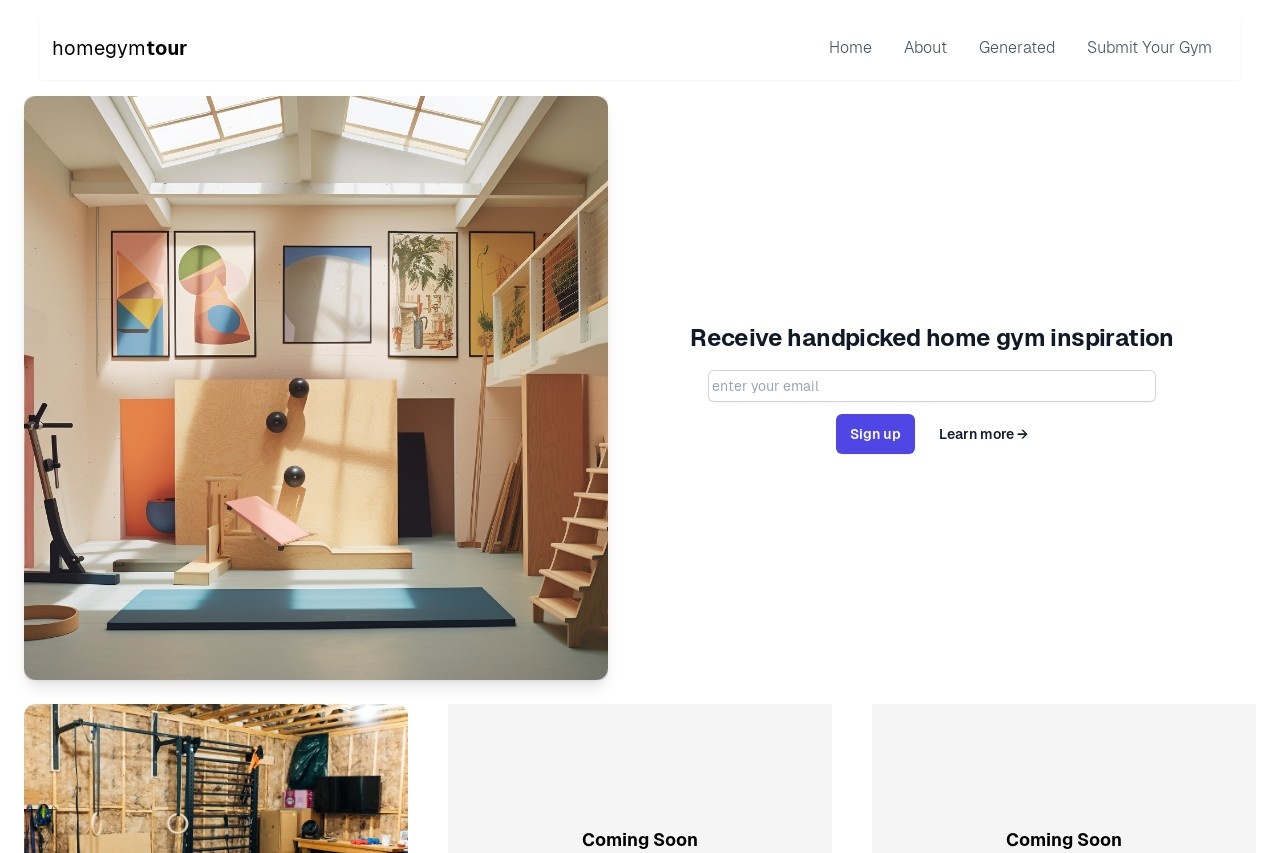
A platform exploring the intersection of design and human perception.
Design of Perception
Design of Perception
A platform exploring the intersection of design and human perception.
Understanding Perception in Design
Design is not just about aesthetics; it's about how people perceive and interact with the world around them. The way we interpret visual, auditory, and tactile stimuli shapes our understanding of products, spaces, and experiences. By studying perception, designers can create more intuitive and meaningful solutions.
Key Principles of Perception in Design
- Visual Hierarchy: The arrangement of elements to guide the viewer's attention.
- Gestalt Principles: How humans naturally group similar elements and perceive patterns.
- Color Psychology: The emotional and psychological impact of color choices.
- Affordances: Design cues that suggest how an object should be used.
Applications in Modern Design
From user interfaces to architectural spaces, perception plays a critical role in design. For example:
- Digital Products: Buttons and navigation must be instantly recognizable.
- Environmental Design: Wayfinding systems rely on clear visual cues.
- Packaging: Shapes and colors influence purchasing decisions.
Challenges and Future Directions
As technology evolves, designers must adapt to new perceptual challenges, such as augmented reality interfaces or multisensory experiences. Understanding cognitive biases and cultural differences in perception will also become increasingly important.
By bridging the gap between design and human perception, we can create more inclusive, effective, and engaging experiences for all.
















